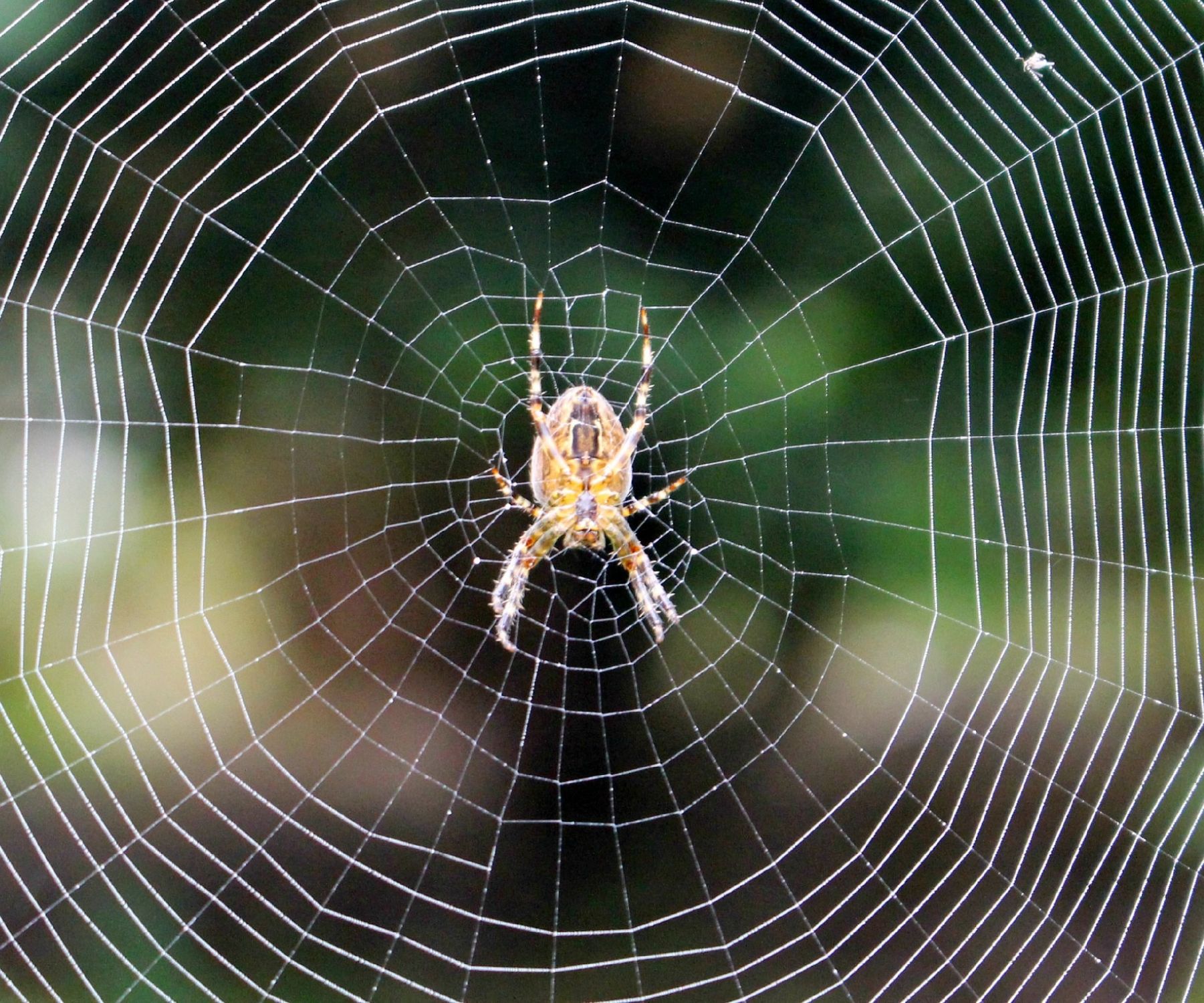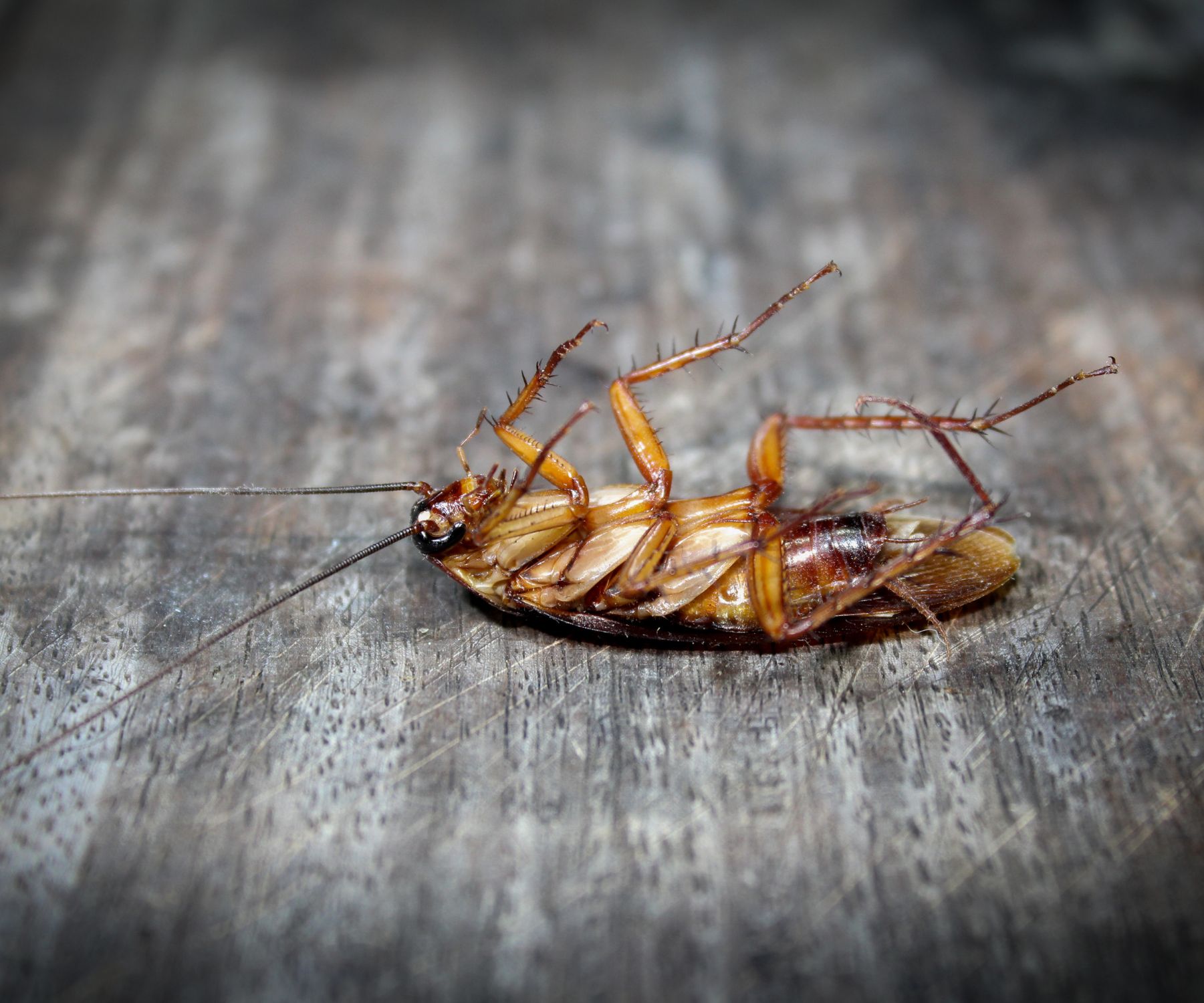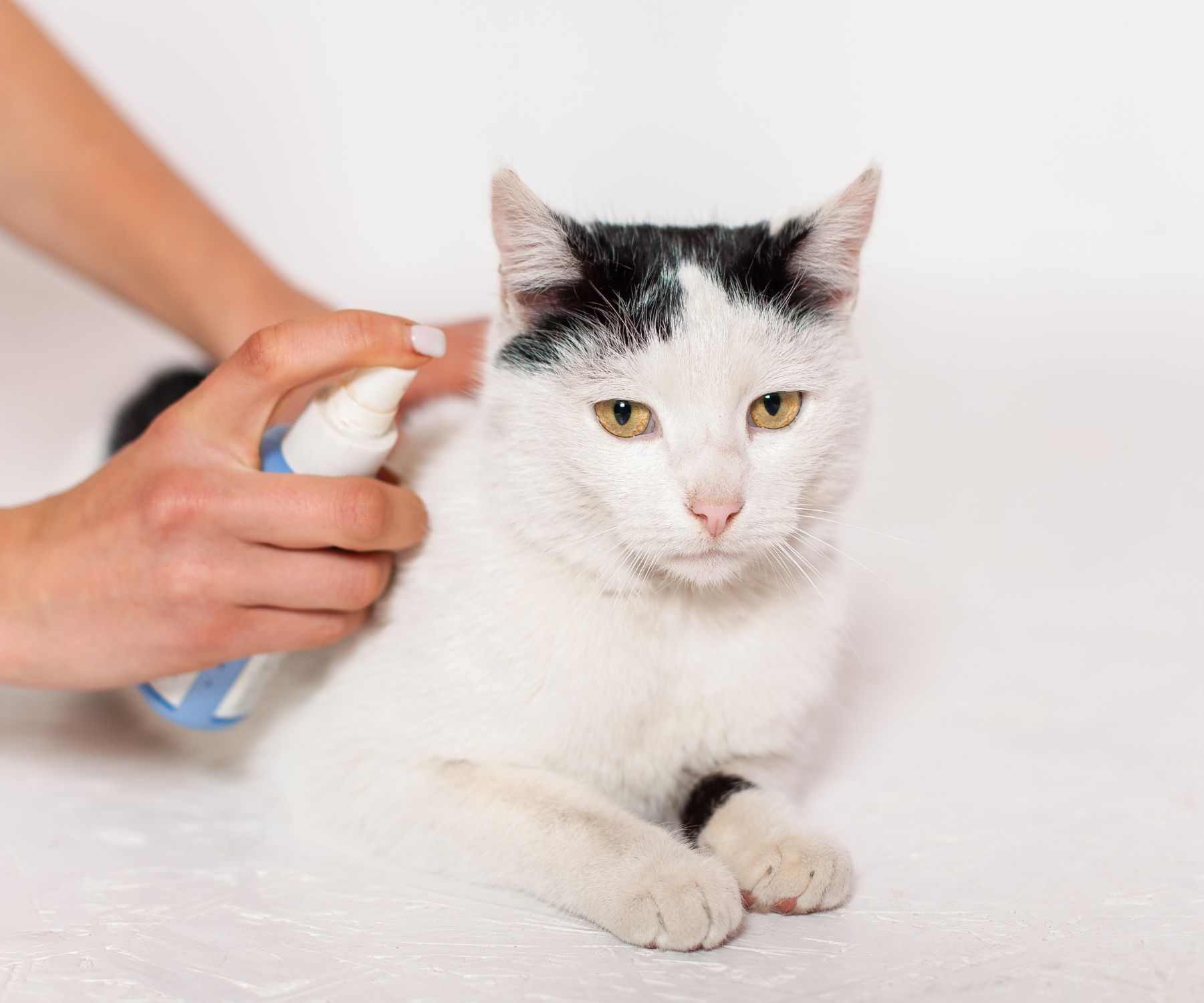Does Ozone Kill Bugs?
Ozoning a house can be an effective bug control method, using ozone generators to deter and eliminate common pests like bed bugs, spiders, roaches, and fleas. However, it’s important to note that while ozone can disrupt these pests, it may not completely eradicate infestations, and ongoing pest management practices are essential for comprehensive control.
Key Takeaways
- Ozoning a house with ozone generators can be an effective bug control method for pests like bed bugs, spiders, roaches, and fleas.
- Ozone treatment disrupts pests but may not guarantee complete eradication, requiring additional pest management practices.
- Safety precautions, including occupant evacuation, proper ventilation, and monitoring, are crucial when using ozone generators.
- Ozone treatment can also affect plants, necessitating protection or removal during the process.
Introduction:
In the quest to maintain a pest-free living space, many homeowners are exploring alternative methods of insect control.
One approach is the use of ozone generators.
From bed bugs to spiders, roaches, and beyond, we explore the capabilities of ozone generators and provide essential guidance on safe and responsible usage.
 Ozone and Bed Bugs
Ozone and Bed Bugs
What’s not to hate about bed bugs? Who doesn’t love getting bit in their sleep? bed bugs are one of the hardest things to get rid of. A lot of people want to know if using an ozone generator can help. let’s see if using ozone to fight bed bugs is a good idea?
Can Ozone Kill Bed Bugs?
Bed bugs are notorious for their resilience and ability to hide in the tiniest of cracks and crevices. While ozone generators can be effective in eliminating bed bugs, it’s crucial to understand their limitations. Ozone primarily works by oxidizing the outer shells and respiratory systems of bed bugs, ultimately killing them. However, here are some key considerations:
- Hiding Spots: Bed bugs often hide deep within mattresses, furniture, and wall voids, where ozone may have difficulty reaching.
- Eggs: Ozone may not effectively target bed bug eggs, which are well-protected and hidden.
Tips for Using Ozone Against Bed Bugs:
- Thorough Inspection: Identify bed bug hiding spots and focus ozone treatment on these areas.
- Multiple Treatments: Ozone treatment may need to be repeated to ensure all stages of bed bugs are eliminated.
- Complement with Other Methods: Combine ozone treatment with other bed bug control strategies, such as cleaning, vacuuming, and the use of bed bug-proof covers.
 Spiders and Ozone
Spiders and Ozone
Spiders are an unwelcomed guest in most people’s homes.
I happen to live in a house with 4 women who go into a panic episode at the sight of the smallest spiders. I know the madness. If you’re seeking a way to deter these eight-legged intruders, you might have considered the use of ozone generators.
Table of Contents
Does Ozone Kill Spiders:
Ozone can disrupt spider webs and create a less inviting environment for spiders, making it an effective tool in controlling various species. Here’s its effectiveness against some common spiders:
- Black Widow Spider (Latrodectus spp.): Ozone can deter black widow spiders by disrupting their webs and nesting areas. However, exercise caution, as black widow bites can be medically significant.
- Brown Recluse Spider (Loxosceles spp.): Ozone can help deter brown recluse spiders, but these spiders are often elusive and hide in secluded places.
- Common House Spider (Parasteatoda tepidariorum): Ozone can be highly effective against common house spiders, which are frequently found indoors.
- Cellar Spider (Pholcidae): Cellar spiders, often found in dark, damp areas, may be deterred by ozone treatment.
- Wolf Spider (Lycosidae): Ozone can disrupt wolf spider habitats, reducing their presence in treated areas.
Limitations of Ozone for Spider Control:
While ozone can be effective against various spider species, it’s essential to understand its limitations:
- Species Variability: The effectiveness of ozone may vary depending on the spider species and their sensitivity to ozone.
- Web Regeneration: Spiders may attempt to rebuild their webs after ozone treatment, requiring ongoing efforts to deter them.
 Roaches and Ozone
Roaches and Ozone
Roaches are notorious scavengers that can infest homes and create unsanitary conditions. If you’re dealing with a roach problem, you might be exploring various methods for effective control. In this section, we delve into the potential of using ozone generators to combat roach infestations.
How Ozone Kill Roaches:
Roaches often inhabit hidden areas within homes, making it challenging to reach and eliminate them. Here’s how ozone can be effective in controlling roaches:
- Nest Disruption: Ozone can disrupt roach nests and hiding spots, making it difficult for them to establish colonies.
- Repellent Effect: Ozone’s strong scent and reactivity can act as a repellent, discouraging roaches from frequenting treated areas.
Tips for Using Ozone Against Roaches:
- Targeted Treatment: Identify roach-prone areas and focus ozone treatment on these spaces to maximize effectiveness.
- Repeat as Needed: Roach infestations may require multiple ozone treatments over time to ensure comprehensive control.
- Combine with Other Methods: Use ozone treatment in conjunction with other roach control strategies, such as sanitation, sealing entry points, and eliminating food sources.
 Fleas and Ozone
Fleas and Ozone
Fleas are tiny but persistent bloodsuckers that can infest both your pets and your home, making life uncomfortable for everyone. When it comes to flea control, homeowners seek effective and non-toxic solutions. In this section, we’ll explore the role of ozone generators in combatting flea infestations.
Does Ozone Kill Fleas?:
Fleas can be particularly challenging to eradicate due to their life cycle and ability to hide in various areas. Here’s how ozone can be effective in controlling flea populations:
- Killing Fleas: Ozone can penetrate flea hiding spots and kill adult fleas on contact.
- Interrupting the Life Cycle: Ozone can disrupt the pupae stage of fleas, preventing them from developing into biting adults.
Tips for Using Ozone Against Fleas:
-
- Thorough Treatment: Ensure comprehensive ozone treatment, targeting areas where fleas are likely to hide, including carpets, pet bedding, and upholstered furniture.
- Repeat as Necessary: Flea infestations may require multiple ozone treatments to address all life stages of fleas.
- Complement with Pet Care: Concurrently treat pets for fleas to prevent reinfestation. Consult your veterinarian for flea control options for your pets.
FAQ Section: Various Insects and Ozone
Q1: Can Ozone Kill Termites?
A: Ozone generators can affect termites when used correctly. Ozone may penetrate termite nests and disrupt colonies. However, termite control usually requires a specialized approach, and ozone should be considered as a supplementary method.
Q2: Does Ozone Kill Ticks?
A: Ozone can have an impact on ticks, particularly in their nymph stages. However, effective tick control may involve other strategies, such as tick repellents and habitat modification.
Q3: Does Ozone Kill Ants?
A: Ozone may deter ants, especially when applied directly to ant trails or nests. However, it’s important to identify and address the source of the ant infestation for long-term control.
Q4: Does Ozone Kill Dust Mites?
A: Ozone can help reduce dust mite populations in mattresses and bedding by oxidizing their exoskeletons. Regular ozone treatment, combined with thorough cleaning, can be effective in managing dust mites.
Q5: Do Ozone Generators Work Against Flies?
A: Ozone can deter flies by disrupting their breeding sites and deterring them from treated areas. Proper sanitation and waste management are essential for effective fly control.
Q6: Can Ozone Kill Head Lice Infestations?
A: Ozone may be less effective for head lice control, as these parasites reside on the human scalp. Traditional methods like medicated shampoos and combing are typically more suitable for lice removal.
Q7: Does Ozone Kill Mosquitoes?
A: Ozone may deter mosquitoes from treated areas, but it’s typically not a primary method for mosquito control. Mosquito control often involves repellents, traps, and habitat management.
Q8: What About Moths in Closets and Pantries?
A: Ozone can help deter moths by breaking down their eggs and disrupting their life cycle. Regular ozone treatment in storage areas can assist in moth control.
Q9: Can Ozone Get Rid of Mice and Rodents?
A: Ozone generators are not effective against rodents like mice. Rodent control requires specialized traps and exclusion methods.
Q10: How long does it take ozone to dissipate after you use a ozone generator?
A: The best answer is to err on the safe side and give it a few hours to ensure your safety. As you may guess, the answer varies with both strength of the generator and the length of time it is operated. That being said, ozone has a short life and most experts agree that it will revert back to breathable oxygen in about 30 minutes
Q11: Do ozone generators remove cigarette smoke odor?
A: Yes. Ozone will oxidize the over 4000 chemicals that make up cigarette smoke and eliminate the lingering smell.
Cigarette and cigar odors tend to travel to every nook and cranny they can find.
And because of the tar residue that that is part of tobacco smoke, it adheres to everything, especially carpets, drapes, and furniture.
Ozone will travel in a similar path as cigarette smoke and break down the the molecules that are causing the odor, even the molecules that have glued their self to your furniture.
Q12: Will Ozone kill Mold?
A: An Ozone generator will kill any exposed mold or fungus in the room it is operated in. But similarly to the effect you get with insects is what you get with mold. If you have a problem with mold before you use the ozone generator, you will still have a problem afterwards. It will not do any physical cleanup or identify and fix the original problem.
Q13: Will Ozone Get Rid of the Smell of Cat Urine?
A: The answer is mostly no. Cat urine typically gets deep down into the carpet underneath the floorboards. Ozone is a topical oxidizer and doesn’t get underneath the carpet or inside the walls. There are different oxidizer solutions you can put on cat urine if the problem is not too extreme.
Q14: What Are Ozone Generators Used For?
A. Ozone generators have diverse applications, including:
- Hotel Rooms: Transforming smoking rooms into non-smoking rooms, restoring rooms with smoke odors, and eliminating cooking smells and harmful germs.
- Vehicles: Removing persistent cigarette and cigar odors, especially in the cab of cars or trucks, making them smell fresh.
- House Flipping and Rental Remediation: Removing lingering smoke smells left behind by previous occupants, enhancing property value.
- Mold Remediation: Clearing mold spores and musky odors from homes after identifying and fixing the source of mold issues.
 How To Get The Best Results From A Ozonator?
How To Get The Best Results From A Ozonator?
1.Use the appropriate size generator for your area.
Too small of an ozone machine will not accomplish much and only make the air unbreathable.
Using too large of an ozone generator will increase the amount of time you will need to wait before re-entering the area.
2. Vacuum the carpets. getting the smell out of the carpets will be much easier if there is not debris and dust all over them.
3. Mop floors and wipe down surfaces.
The same principle as vacuuming the floors. Ozone will have a much easier time getting rid of deep smells if it doesn’t have to get through a film of dirt or grime.
4. Center the ozone machine in the middle of the room.
5. Start small. It is always better to use the machine for a shorter time then check the results.
6. You can always run it again and turn it up a little if you need.
The problem with ozone not dissipating the way it should can linked to too much ozone being blasted for too long.
According to some experts, you can get into an arena where VOCs begin to break up and form other types of gases when exposed to heavy ozone too long.
This is not result you’re after. It is much better to start small then have to deal with a problem like that.
Safety Precautions When Using Ozone Generators for Insect Control:
Using ozone generators for insect control is a practical and non-toxic approach, but safety should always be a top priority. Ozone is a powerful oxidizing agent that can have health risks if not used correctly. Follow these safety precautions to protect yourself, your loved ones, and your pets when using ozone generators:
1. Read the User Manual:
- Before operating an ozone generator, thoroughly read and understand the manufacturer’s user manual. Each machine may have specific instructions and safety guidelines.
2. Occupant Evacuation:
- Always evacuate people, pets, and plants from the treated area during ozone exposure. Ensure that the space is completely empty.
3. Ventilation:
- After ozone treatment, ventilate the area by opening windows and doors to allow fresh air to circulate. This helps in dissipating any remaining ozone.
4. Safety Gear:
- When setting up the ozone generator or adjusting its settings, wear appropriate safety gear, including gloves and safety glasses, to protect yourself from direct exposure.
5. Timer Usage:
- Use an outlet timer to control the ozone generator’s operation. This prevents overexposure and allows for safe intervals between treatments.
6. Sealing Gaps:
- Seal any gaps or openings that may allow ozone to escape into adjacent living spaces. Ensure a proper seal for maximum ozone concentration in the treated area.
7. Remote Operation:
- If your ozone generator supports remote control, use it to turn the machine on and off from outside the treated area.
8. Monitor Ozone Levels:
- Consider using an ozone monitor to measure ozone levels during and after treatment. This provides a clearer understanding of when it’s safe to re-enter the treated area.
9. Limit Duration:
- Avoid excessive ozone exposure by limiting the duration of treatment. Longer treatment times may lead to unwanted chemical reactions.
10. Children and Pets:
- Ensure that children and pets cannot access the treated area during and after ozone treatment. Ozone exposure can be harmful to their respiratory systems.
11. Health Considerations:
- If you have respiratory issues, consult a healthcare professional before using an ozone generator. People with asthma or other respiratory conditions should exercise extreme caution.
12. Maintenance:
- Regularly maintain and clean your ozone generator according to the manufacturer’s recommendations to ensure safe and effective operation.
- Protecting Plants:
- While ozone exposure can be harmful to plants, take extra precautions to shield them during treatment. Cover delicate or sensitive plants with plastic sheeting or move them to an ozone-free area. After treatment, thoroughly ventilate the space to help clear any lingering ozone that may affect your plants.
Remember that ozone generators should be used as part of a comprehensive pest control strategy, and safety should always come first. Following these precautions will help you use ozone generators effectively and protect the well-being of everyone in your household.


 Spiders and Ozone
Spiders and Ozone Roaches and Ozone
Roaches and Ozone Fleas and Ozone
Fleas and Ozone How To Get The Best Results From A Ozonator?
How To Get The Best Results From A Ozonator?